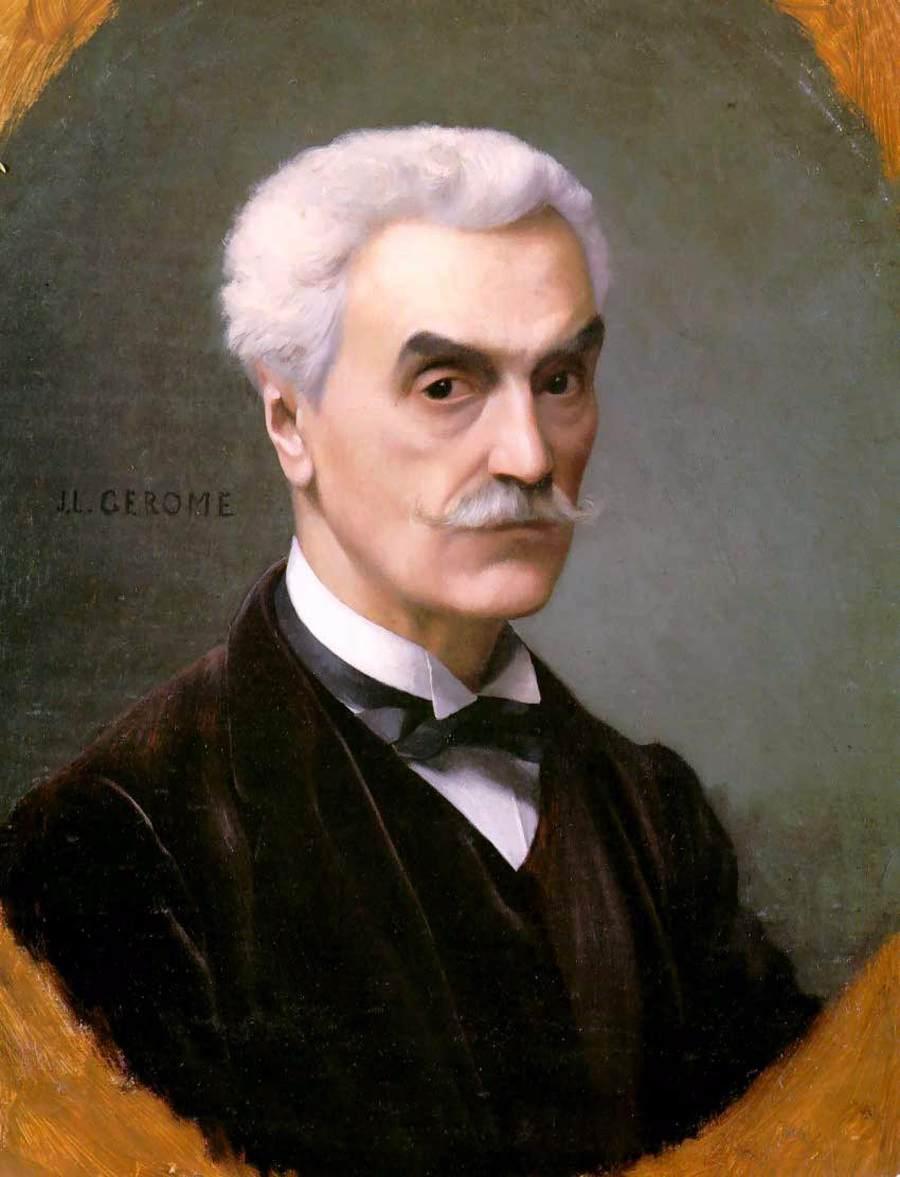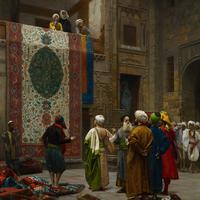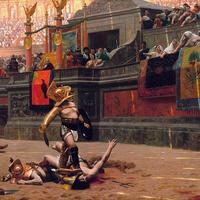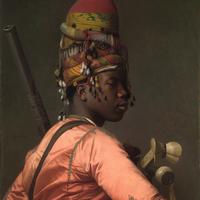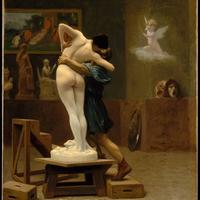More about Jean-Léon Gérôme
Works by Jean-Léon Gérôme

Sr. Contributor
When you hear someone described as academic, you probably think of the words stuffy and traditional. Jean-Léon Gérôme is no exception.
Ah, yes. Famous French artists – the crème de la crème of many an art history survey course. But Jean-Léon Gérôme’s name is most likely not one that immediately comes to mind when you think of these famous Frenchies. Toward the end of the nineteenth century, Impressionism reigned supreme, and this movement has been ingrained in our brains as the only French art movement that matters. Artists like Monet, Renoir, and Cézanne still take the proverbial cake because they were the badasses who threw all the long-established rules about art in the trash. But during this time, a style of art that desperately and pathetically clung to tradition still had a place in French culture. This was called academic art, and Gérôme was one of the best and most well-known of these artists.
During his life, Gérôme worked his butt off, producing a total of over 550 paintings and seventy-five sculptures! He also taught many other artists; some, like Thomas Eakins, even traveled to Paris from America to learn from the master of French academicism. Pretty prolific for an artist who doesn’t have nearly as much street cred as his modernist counterparts in today’s point of view. This was a result of the types of values that were attached to the modernist and academic styles. Whereas the Impressionists used art to support democratic change, Gérôme and his fellow academicians represented conservative ideals.
Much like some of the conservative relatives we might disagree with during the holidays, Gérôme was stuck in the past. He continued to paint Classical subject matter even though it wasn’t relevant to anyone’s life in modern France in the 1860s. However, Gérôme did try to stay current in his depiction of the exotic and alluring Near East. After Europeans began exploring this part of the world, the Orient – the fancy (and racist) term for the Near East – was all the rage, and paintings of exotic people and locations became very trendy for those who were too stubborn to venture into Impressionist territory. Gérôme was a special type of curmudgeon who later opposed an 1884 memorial exhibition of Edouard Manet’s work because of this artist’s infamous rejection of traditional, academic painting. Ever the follower of dominant academic trends, more than two-thirds of Gérôme’s artistic production depicts Orientalist subjects. The kicker is that, even though he traveled in the Middle East for three months, many of these paintings do not truthfully depict what he experienced. Rather, he reworked what he saw to play up the idea of exoticism and the East’s inherent difference from the West.
Sources
- Brown, Jack Perry. “The Return of the Salon: Jean-Léon Gérôme in the Art Institute.” Art Institute of Chicago Museum Studies. 15, no. 2 (1989). http://www.jstor.org/stable/4113019. Accessed May 1, 2017.
- Mainardi, Patricia. Art and Politics of the Second Empire: The Universal Expositions of 1855 and 1867. New Haven: Yale University Publishers, 1987.
- Meagher, Jennifer. “Orientalism in Nineteenth-Century Art.” Heilbrunn Timeline of Art History. The Metropolitan Museum of Art. October 2004. http://www.metmuseum.org/toah/hd/euor/hd_euor.htm. Accessed May 1, 2017.
- Philadelphia Museum of Art, Detroit Institute of Arts, and Galeries nationales du Grand Palais (France). The Second Empire, 1852–1870: Art in France Under Napoleon III. Philadelphia: The Museum, 1978.
- The Metropolitan Museum of Art. “Bashi-Bazouk.” The Heilbrunn Timeline of Art History. http://www.metmuseum.org/toah/works-of-art/2008.547.1/. Accessed May 1, 2017.
- The Metropolitan Museum of Art. “Prayer in the Mosque.” http://www.metmuseum.org/art/collection/search/436482. Accessed May 1, 2017.
Featured Content
Here is what Wikipedia says about Jean-Léon Gérôme
Jean-Léon Gérôme (
French pronunciation: [ʒɑ̃ leɔ̃ ʒeʁom]; 11 May 1824 – 10 January 1904) was a French painter and sculptor in the style now known as academicism. His paintings were so widely reproduced that he was "arguably the world's most famous living artist by 1880." The range of his works includes historical paintings, Greek mythology, Orientalism, portraits, and other subjects. He is considered among the most important painters from the academic period and was, with Meissonier and Cabanel, one of "the three most successful artists of the Second Empire".
He was also a teacher with a long list of students, including Mary Cassatt, Thomas Eakins, and Osman Hamdi Bey, among others.
Check out the full Wikipedia article about Jean-Léon Gérôme

